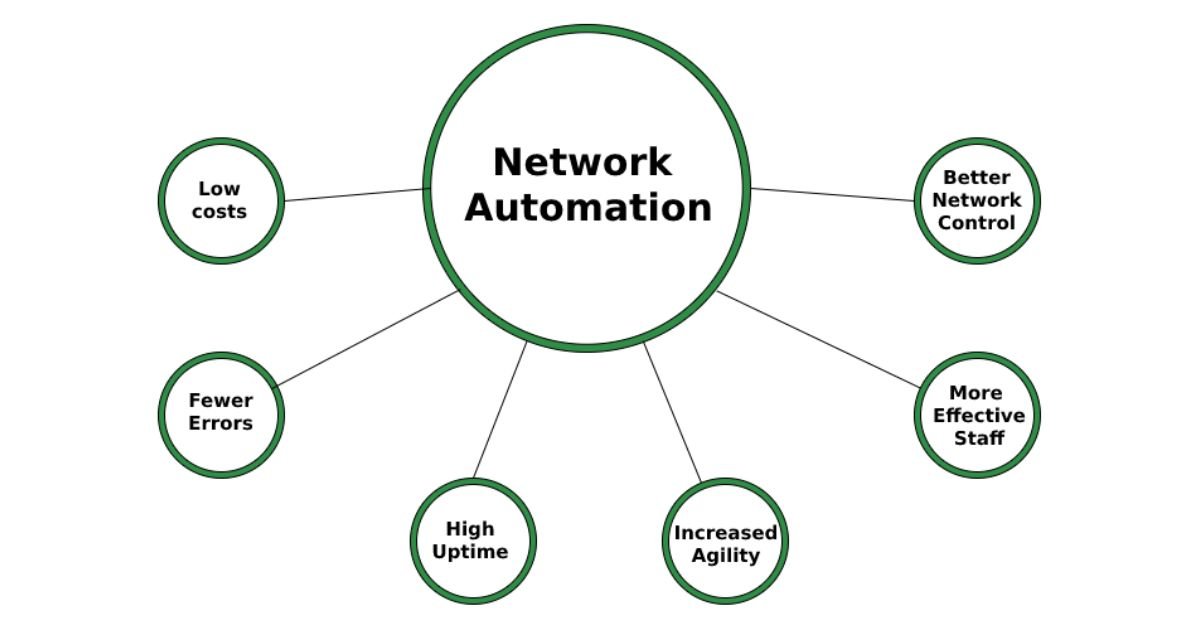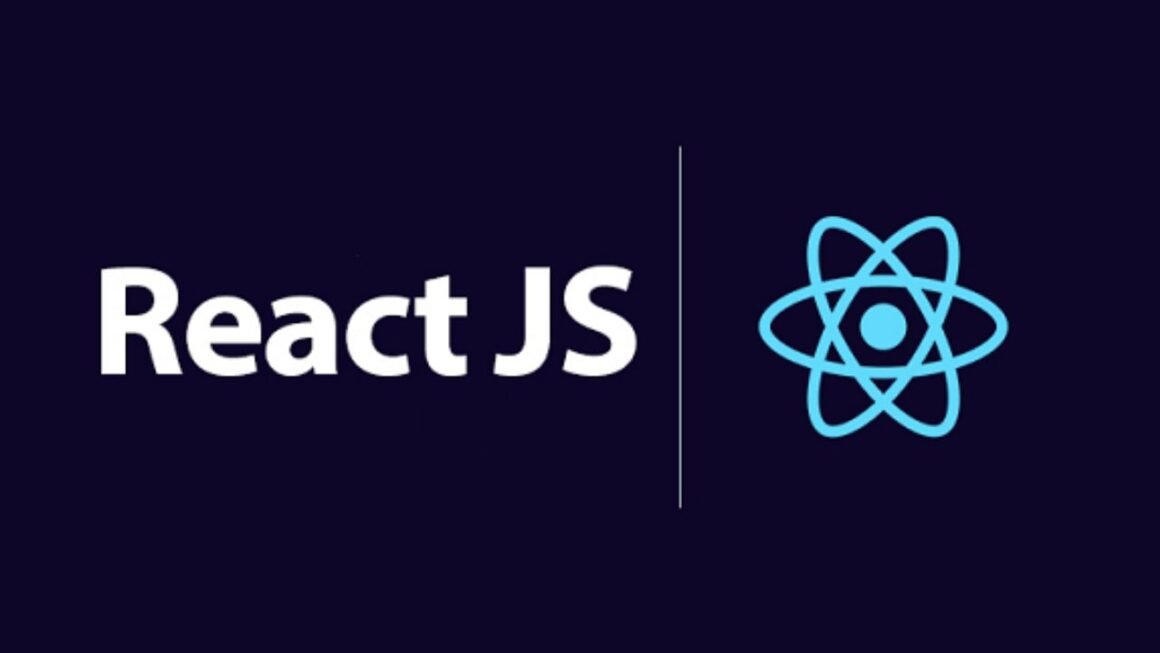In the ever-evolving landscape of network operations, staying ahead of the curve is paramount. With the emergence of ReactJS, a JavaScript library for building user interfaces, network operations have witnessed a paradigm shift. It originally developed by Facebook, has become a cornerstone technology for developing dynamic and responsive web applications.
Understanding ReactJS
ReactJS utilizes a component-based architecture, allowing developers to build reusable UI components. This modular approach not only enhances code maintainability but also streamlines development workflows. By leveraging a virtual DOM (Document Object Model), optimizes rendering performance, resulting in faster and more efficient web applications.
Real-Time Data Visualization
One of the key applications of ReactJS in network operations is real-time data visualization. With the influx of data generated by network devices and systems, effectively visualizing this data in real-time is crucial for monitoring and troubleshooting network performance. It reactive nature and component reusability make it ideal for building dynamic dashboards and visualizations that can adapt to changing data streams.
Network Monitoring and Management Tools
ReactJS has empowered the development of advanced network monitoring and management tools. By integrating with backend APIs and data sources, developers can create intuitive and feature-rich network management interfaces. These interfaces enable network administrators to monitor network health, analyze traffic patterns, and configure network devices with ease.
Responsive Network Configuration Interfaces
The responsive nature makes it well-suited for building network configuration interfaces. Whether accessed from desktops, tablets, or mobile devices, ReactJS-powered interfaces provide a consistent and seamless user experience across devices. Network engineers can leverage these interfaces to perform configuration tasks, such as device provisioning and policy management, from anywhere, at any time.
Automated Network Provisioning

With the rise of automation in network operations, plays a pivotal role in building automation platforms. By combining it with backend automation frameworks, such as Ansible or Puppet, organizations can streamline network provisioning workflows. ReactJS-powered interfaces facilitate the creation and management of automation scripts, allowing for rapid deployment and configuration of network resources.



